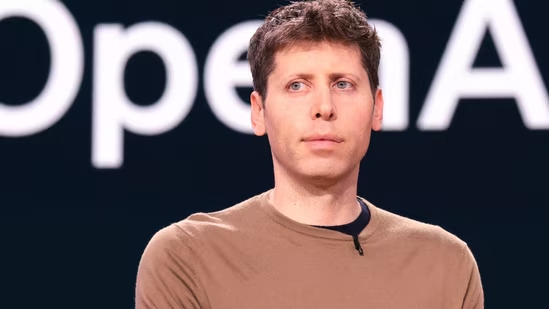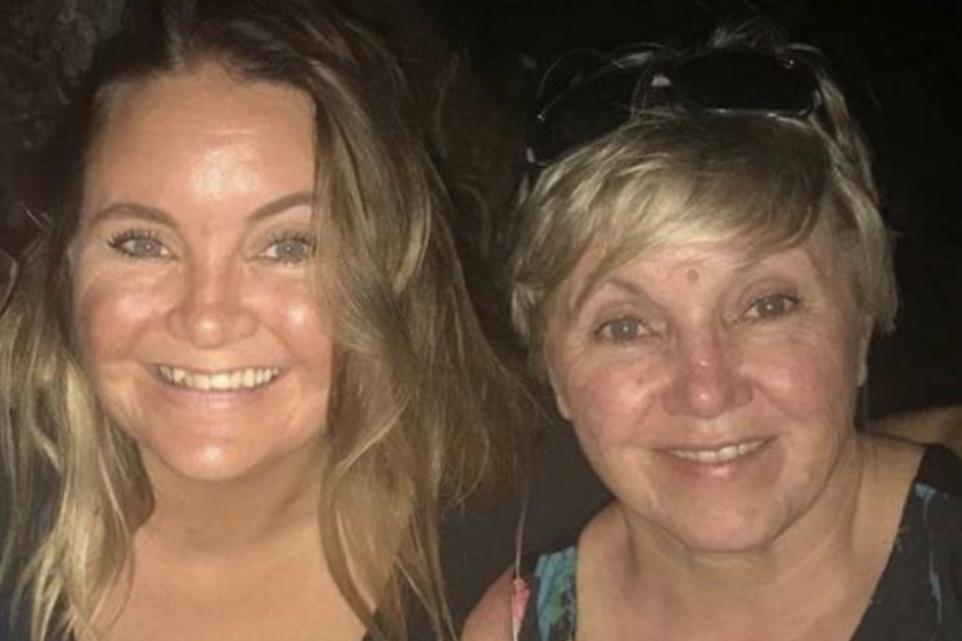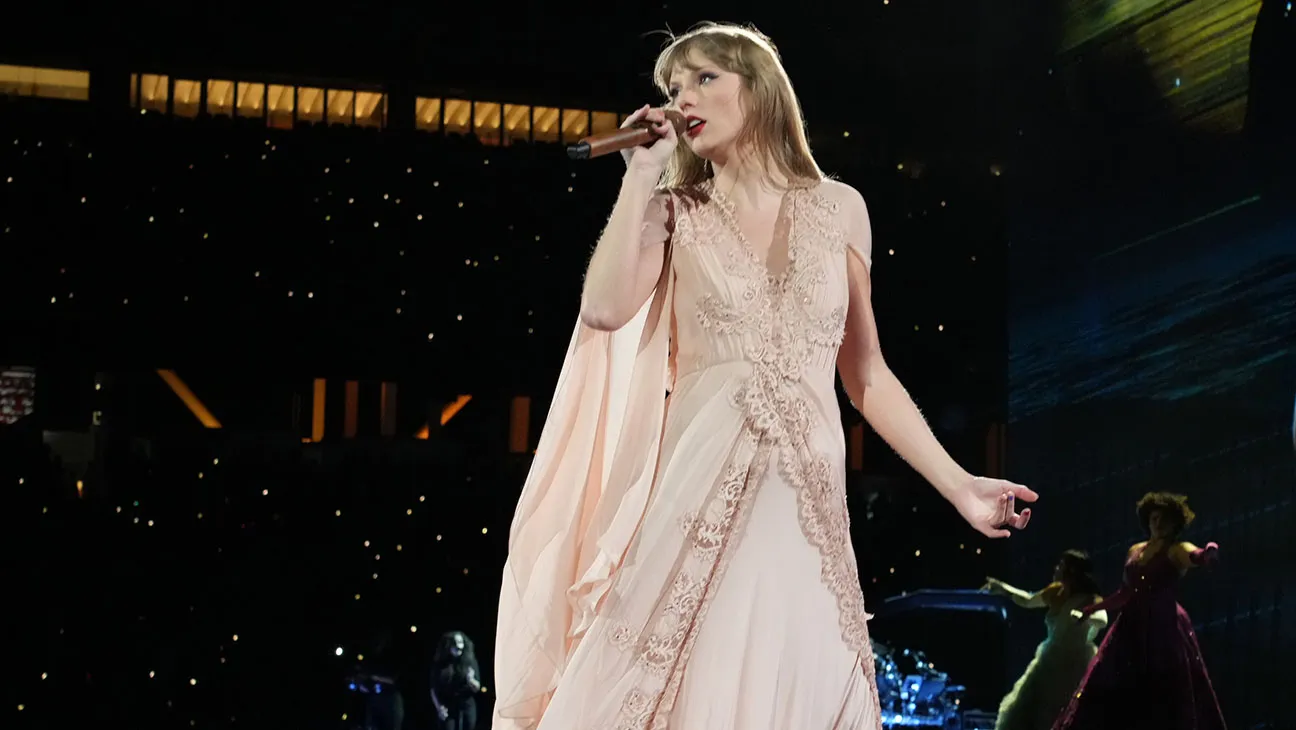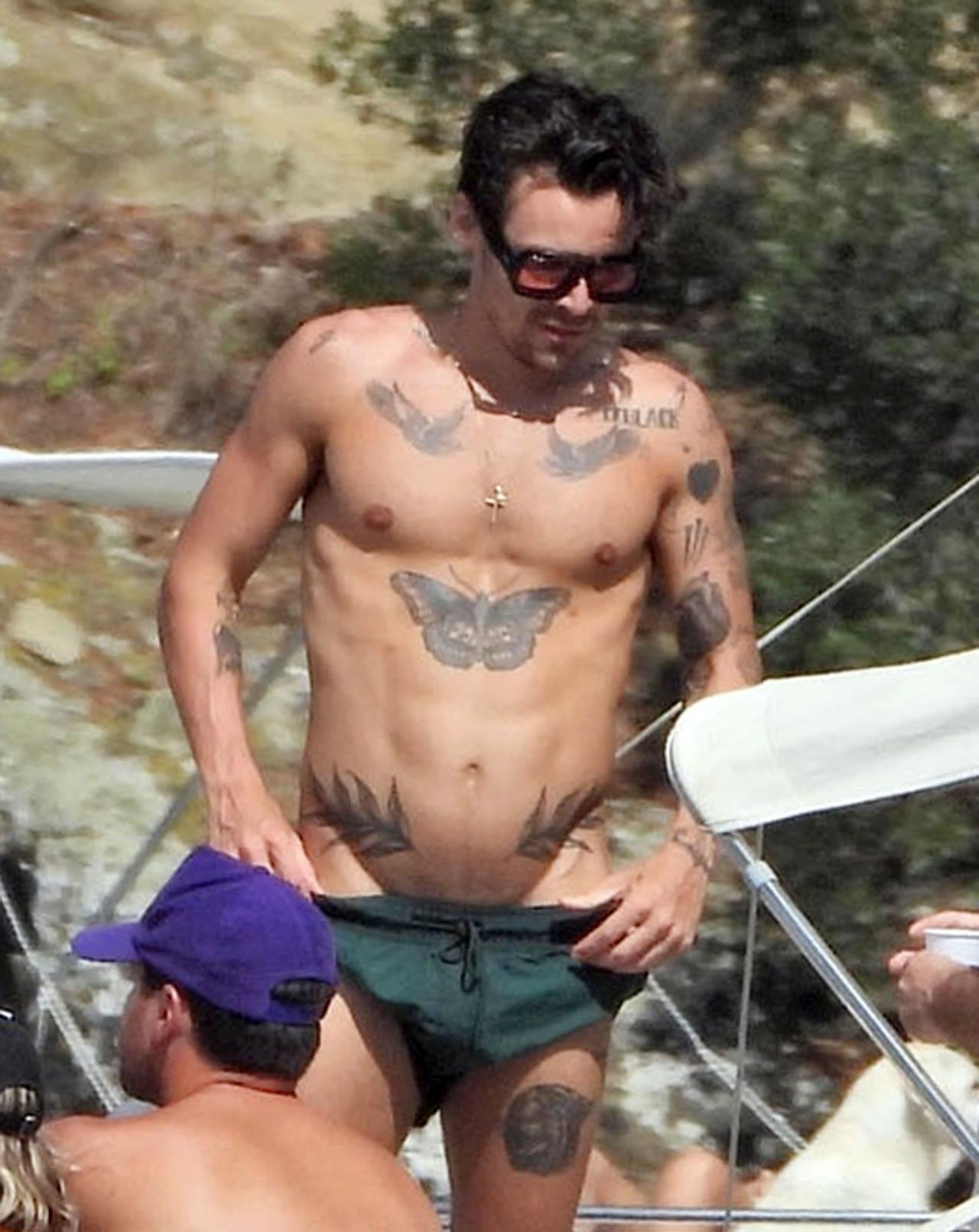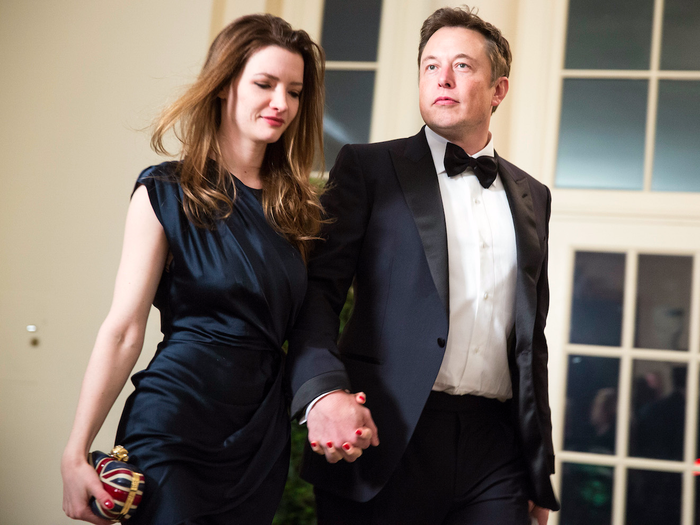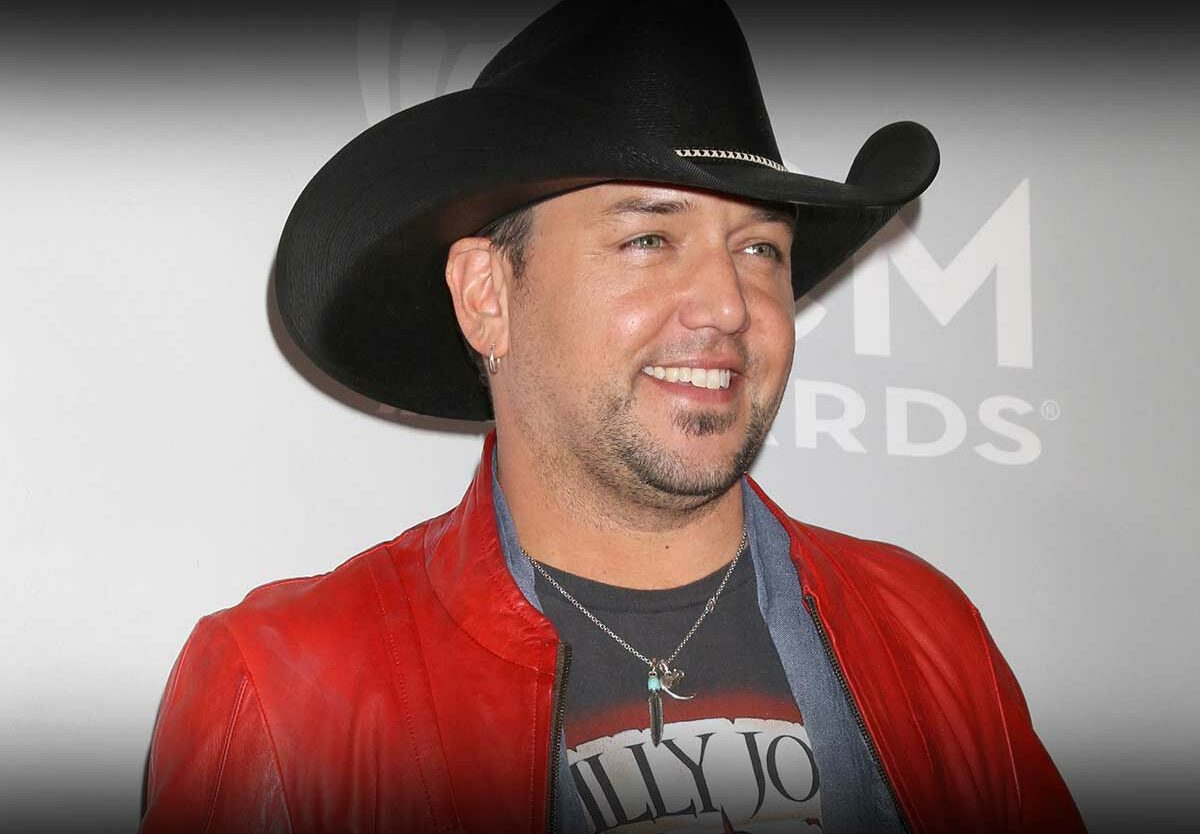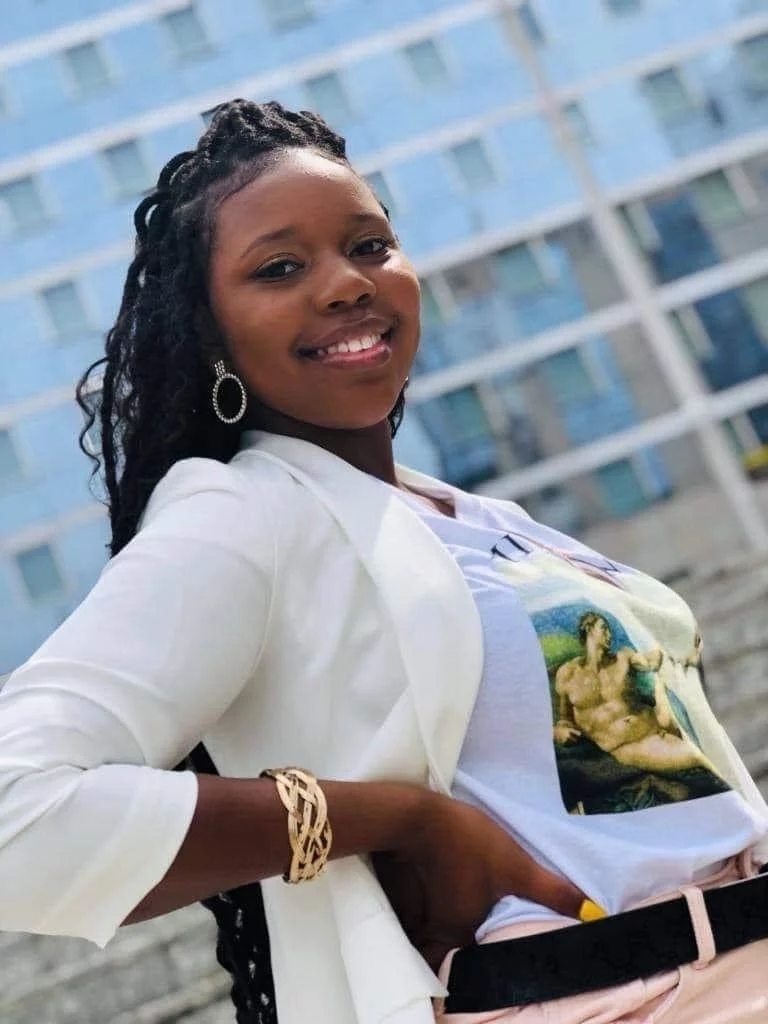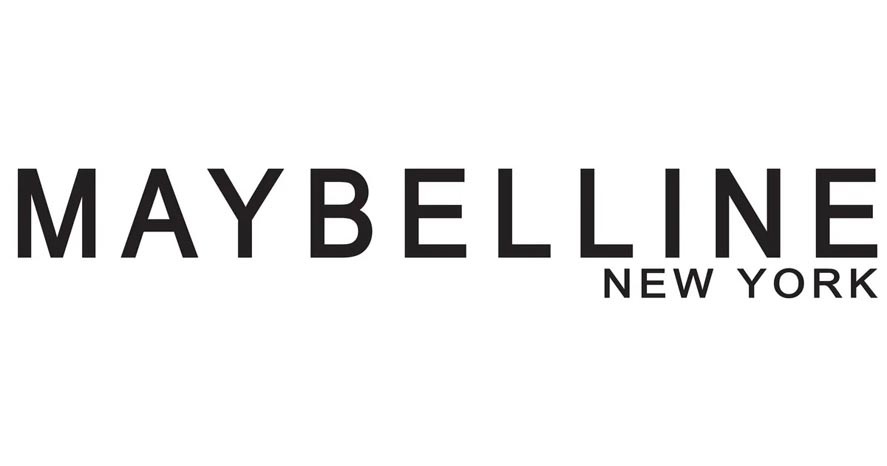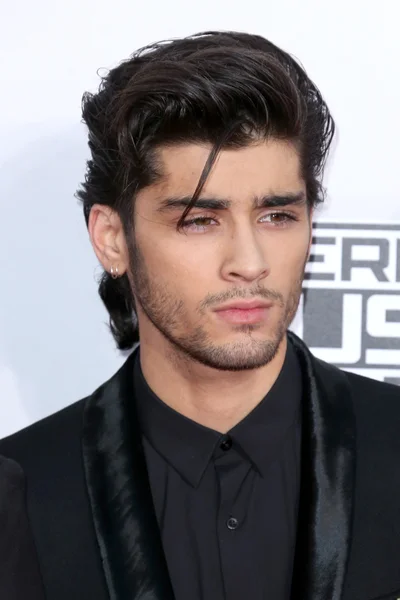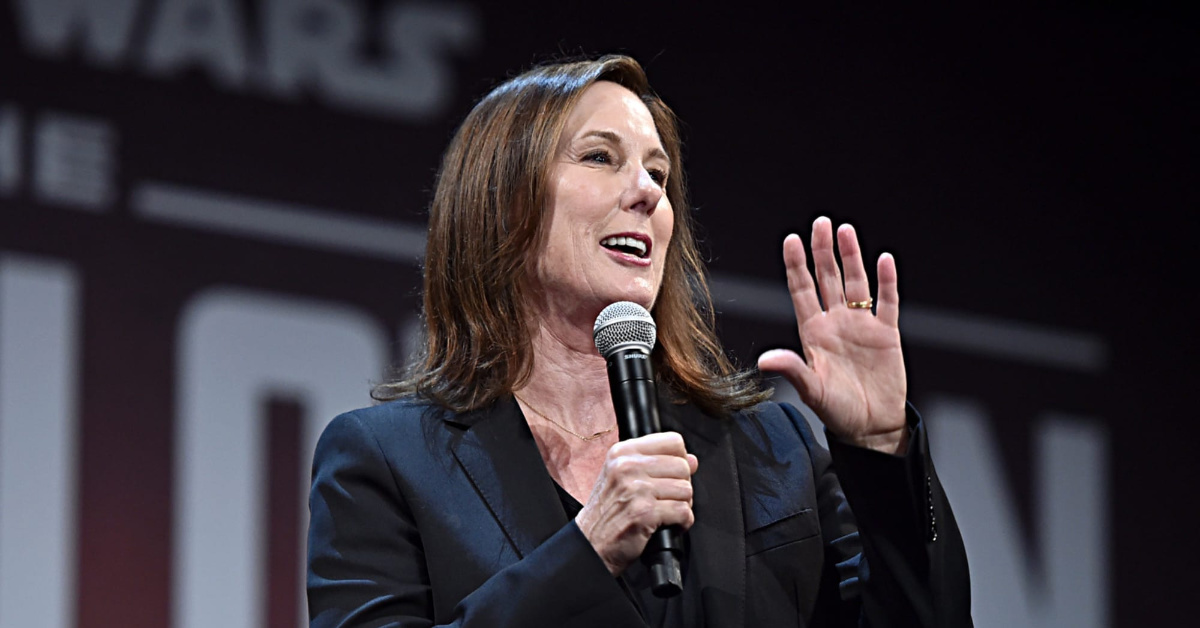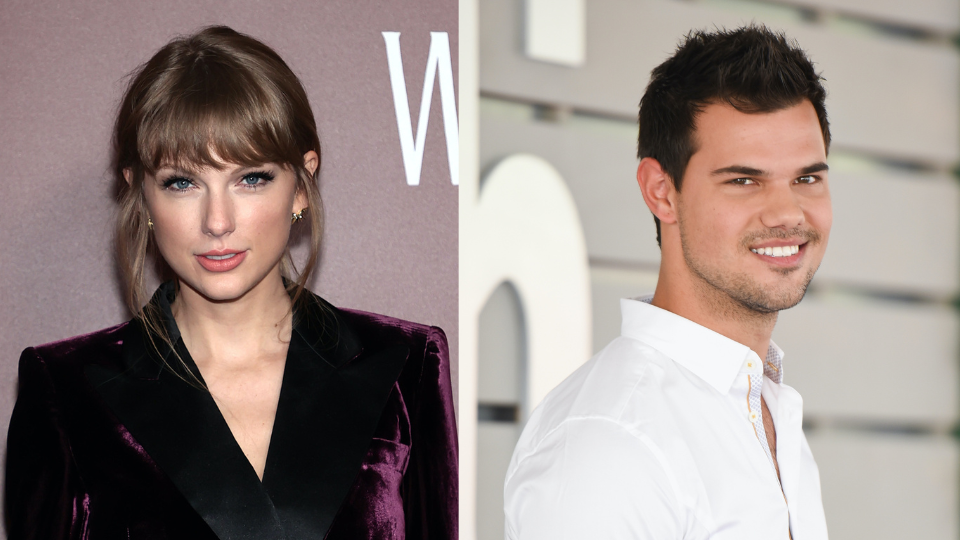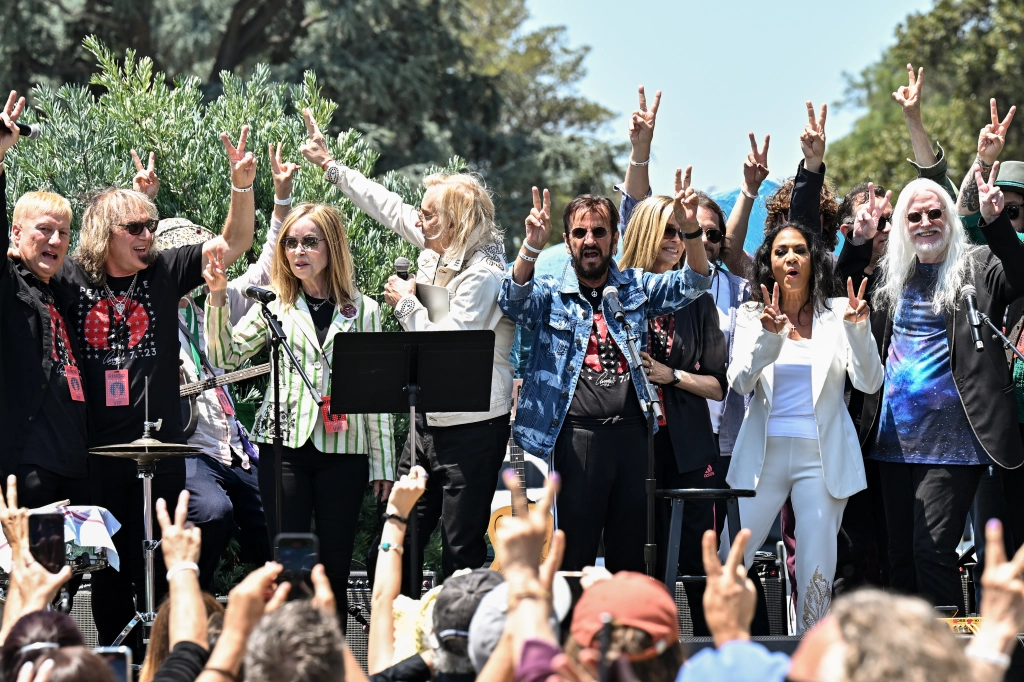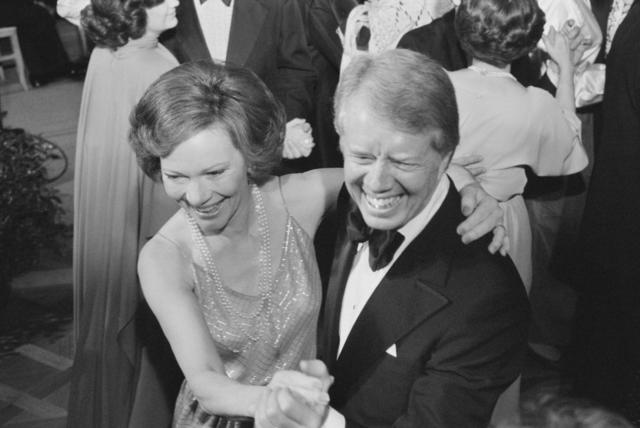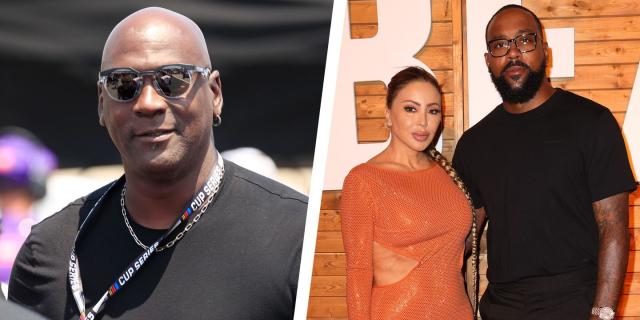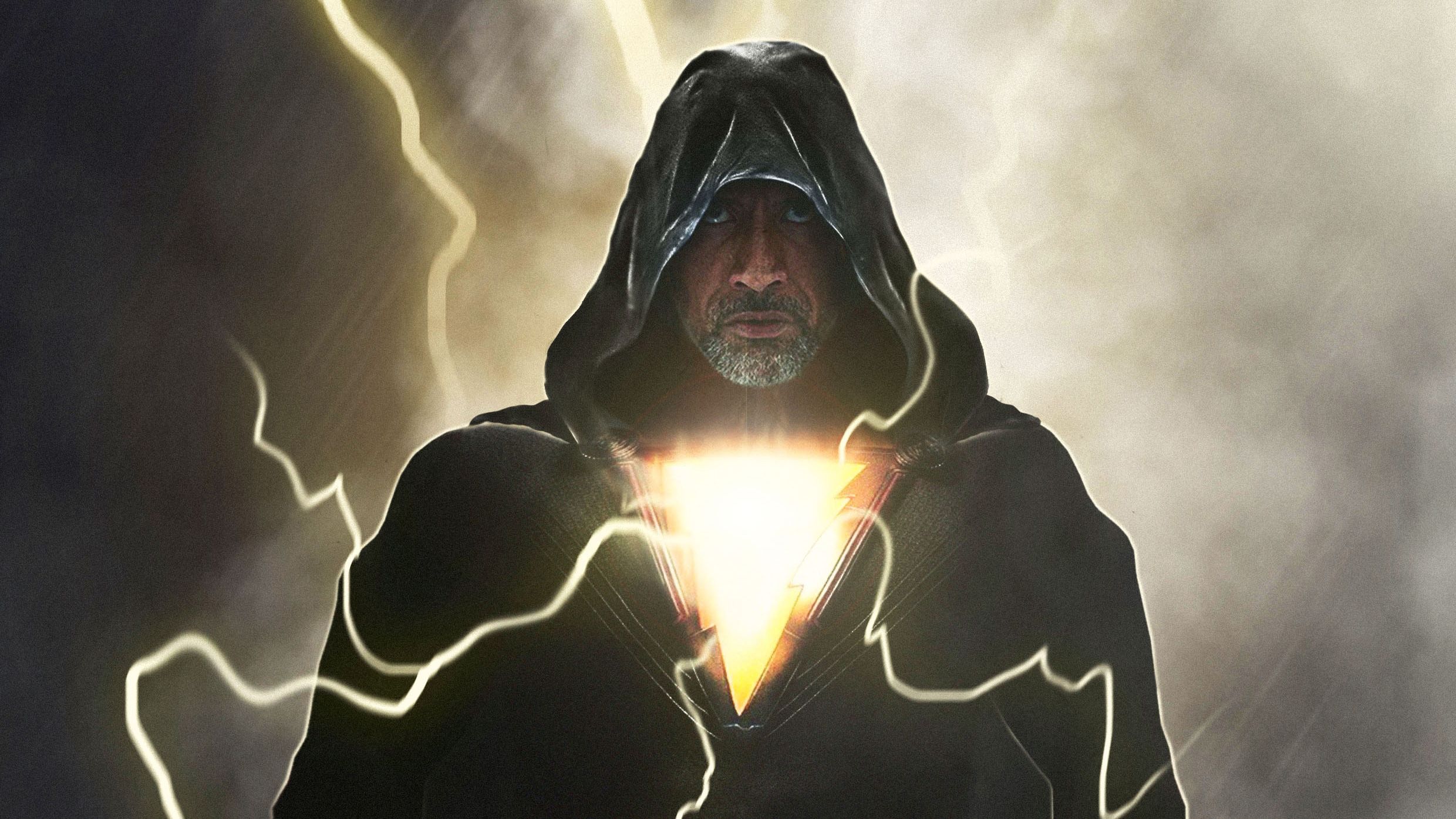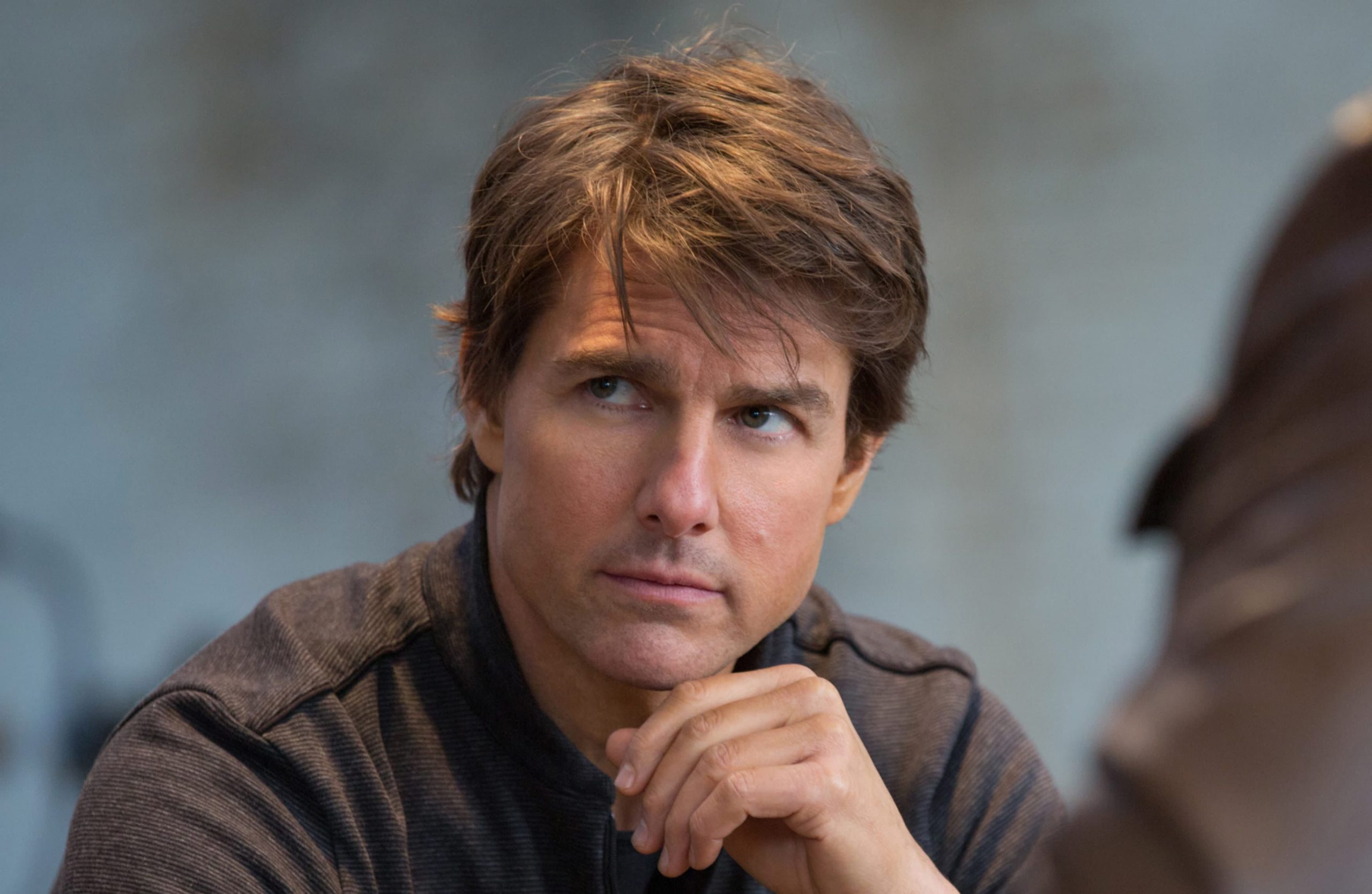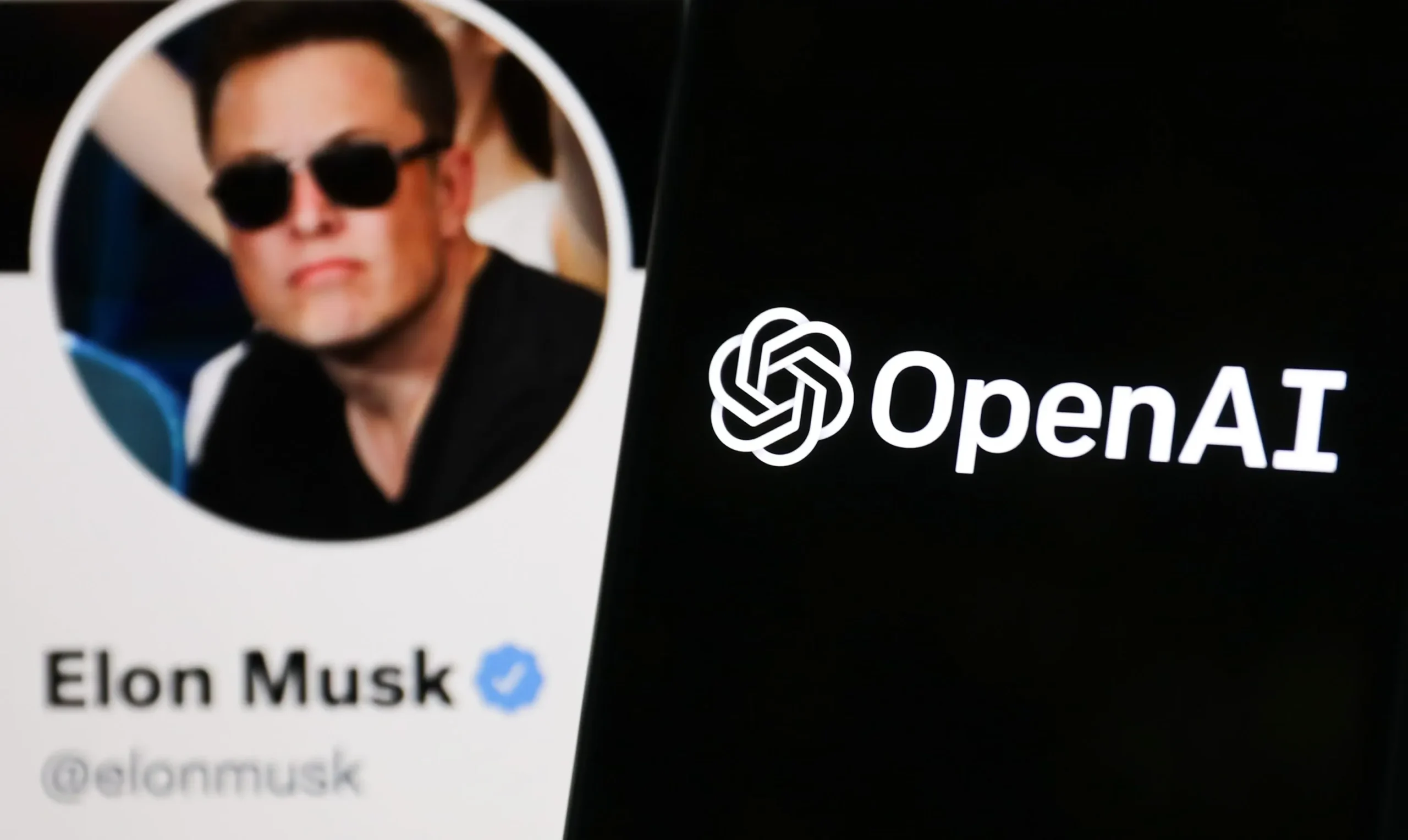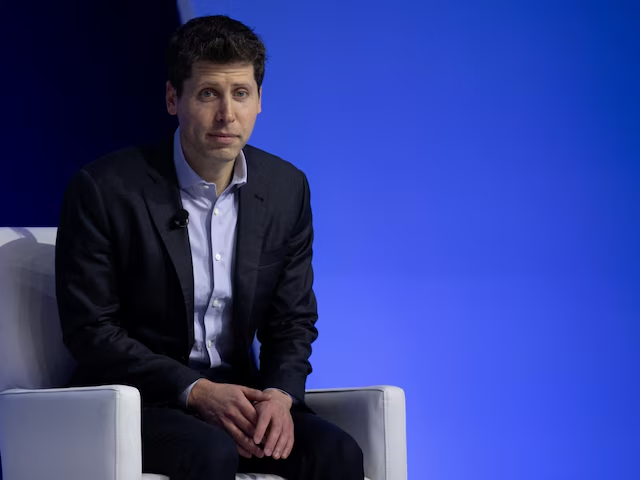OpenAI has recently established a new Safety and Security Committee shortly after dismantling its previous safety team, raising questions about the company’s commitment to AI safety amid its rapid growth. This new committee includes CEO Sam Altman and board members Bret Taylor (Chair), Nicole Seligman, and Adam D’Angelo. The formation of this group follows the resignations of key figures Ilya Sutskever and Jan Leike, who previously led the “Superalignment Team” tasked with addressing AI’s existential threats.
Leike cited a conflict between product development and safety priorities as a reason for his departure, expressing concerns that safety efforts were being sidelined. He explained that he left because the two sides—product and safety—had reached a breaking point. Leike added that he was concerned the company was not on a trajectory to adequately address safety-related issues as AI continues to grow more intelligent. He pointed out that the Superalignment team had recently been “sailing against the wind” within the company, indicating that the safety culture and processes had taken a backseat to the development of new, shiny products.
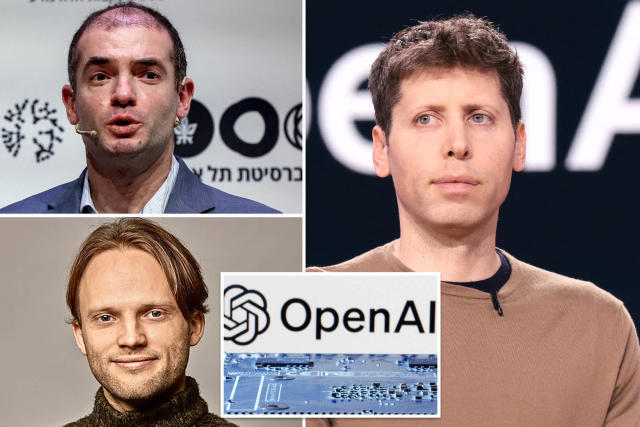
The timing of these resignations, along with the swift formation of the new committee, suggests a potential internal struggle within OpenAI. This struggle appears to be between prioritizing safety and accelerating product development. Critics might view the committee as a superficial measure designed to maintain a positive public image while the company continues to push for competitive advantage and profitability, especially given OpenAI’s high-profile partnerships and projects with Microsoft.
Adding to the controversy, OpenAI recently faced backlash for launching a new voice model that sounded remarkably like two-time Oscar nominee Scarlett Johansson without her consent. Johansson revealed that OpenAI’s Sam Altman had pursued her authorization to use her voice to train an AI model, but she had refused. Despite her refusal, the company launched the voice model, which was quickly pulled after public outcry. Johansson’s team expressed shock that OpenAI would cast a voice talent sounding so eerily similar to her, even after pursuing her authorization and being denied. The statement highlighted that Johansson’s closest friends and news outlets could not tell the difference between her actual voice and the AI-generated one.
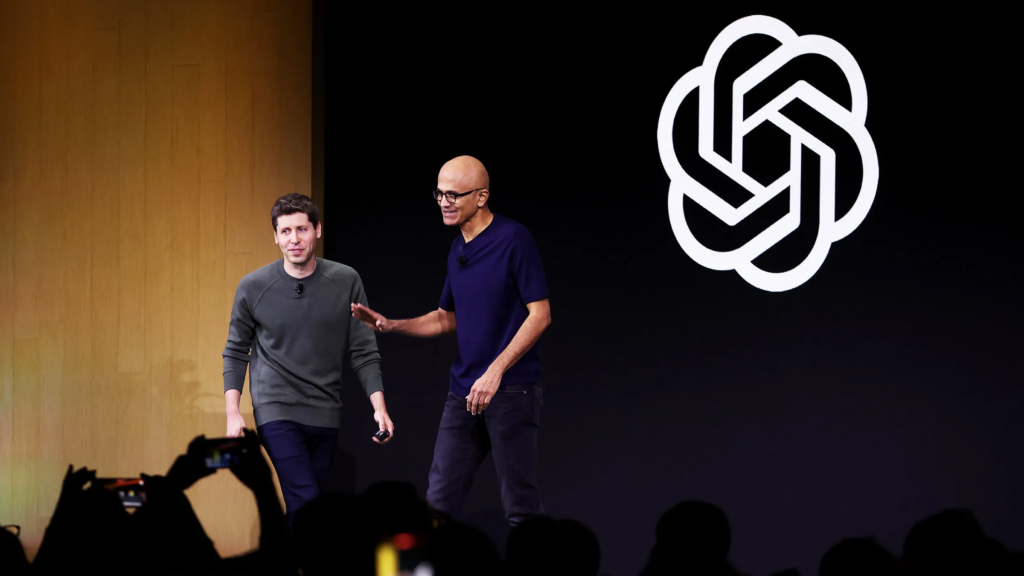
In another troubling move, OpenAI backtracked on nondisparagement agreements it had required from departing executives. Initially, the company forced exiting employees to choose between being able to speak against the company and keeping the vested equity they had earned. This requirement was seen as a way to silence critics and maintain control over the company’s narrative. However, following public pressure and criticism, OpenAI announced that it would not enforce these nondisparagement agreements, allowing former employees to speak more freely about their experiences and concerns.
The Safety and Security Committee plans to evaluate and further develop the company’s processes and safeguards over the next 90 days. After this period, the group will share its recommendations with the entire board. Following a review by the whole leadership team, OpenAI has committed to publicly sharing an update on the adopted recommendations in a manner consistent with safety and security. This move is intended to foster transparency and accountability at a critical juncture for the company.
OpenAI’s blog post announcing the new Safety and Security Committee confirmed that the company is currently training its next model, which will succeed GPT-4. The company stated that while it is proud to build and release models that are industry-leading in both capabilities and safety, it welcomes robust debate at this important moment. The blog post aimed to convey a sense of openness to criticism and a willingness to engage with the broader community on issues of AI safety.
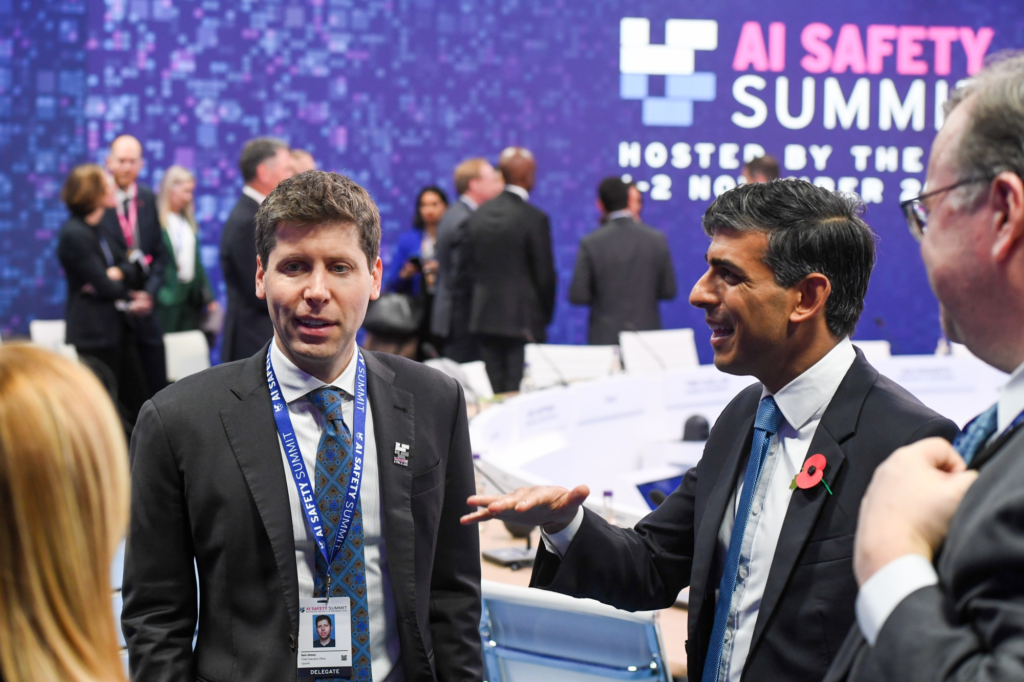
If you like the article please follow on THE UBJ.

